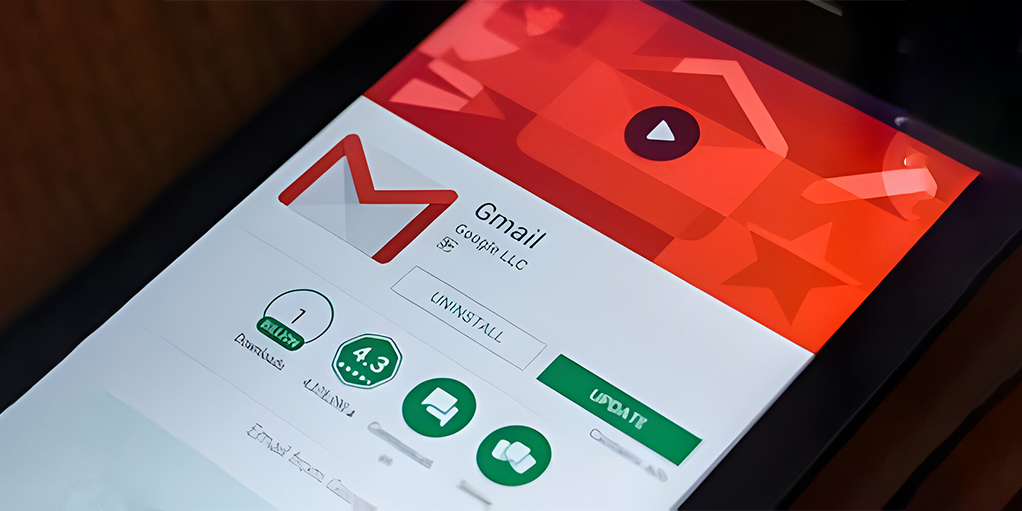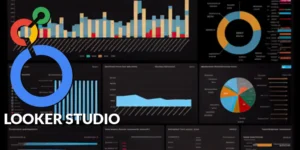Introduction
Gmail Ads, a powerful feature of Google Ads, allows businesses to reach potential customers directly within their inboxes. These ads appear at the top of the Promotions tab and open like an email, offering a unique opportunity to engage users. Here’s a step-by-step guide to crafting successful Gmail Ads that capture attention and drive results.
Step 1: Define Your Campaign Goals
Before creating your Gmail Ads, clearly define your objectives. Knowing your goals will help guide your ad creation and targeting strategies.
Common Goals:
- Brand Awareness: Increase visibility and recognition of your brand.
- Lead Generation: Collect contact information for future marketing efforts.
- Sales and Conversions: Drive direct sales or specific actions such as sign-ups or downloads.
Step 2: Understand Your Audience
Effective targeting is crucial for Gmail Ads. Identify your target audience to ensure your ads reach the right people.
Key Considerations:
- Demographics: Age, gender, income, and education level.
- Interests: Hobbies, activities, and preferences.
- Behavior: Online behaviors, purchase history, and email engagement patterns.
- Custom Audiences: Create custom audiences based on customer data or people interacting with your brand.
Step 3: Create Compelling Ad Content
The content of your Gmail Ads should be engaging and relevant to your audience. Gmail Ads consist of two parts: the collapsed ad and the expanded ad.
Collapsed Ad:
- Headline: Write a compelling and clear headline that captures attention.
- Sender Name: Choose a recognizable sender name to increase open rates.
- Teaser Text: Use concise and enticing text to encourage users to click and expand the ad.
Expanded Ad:
- Visuals: Use high-quality images or videos that align with your brand.
- Ad Copy: Write clear and persuasive copy that highlights your value proposition.
- Call to Action (CTA): Include a solid and direct CTA to drive the desired action (e.g., “Shop Now,” “Learn More,” “Sign Up”).
- Offer Details: Provide details about special offers or promotions to entice users.
Step 4: Set Up Your Gmail Ad Campaign
With your goals defined and content created, it’s time to set up your Gmail Ad campaign in Google Ads.
Steps:
- Log in to Google Ads: Go to your Google Ads account and navigate to the Campaigns section.
- Create a New Campaign: Click the “+” button and select “New campaign.”
- Select Your Goal: Choose a campaign goal that matches your objectives (e.g., “Sales,” “Leads,” or “Website traffic”).
- Choose Campaign Type: Select “Discovery” as your campaign type to access Gmail Ads.
- Configure Campaign Settings: Set your campaign name, budget, bidding strategy, and locations.
- Audience Targeting: Define your audience using demographics, interests, behaviors, and custom audiences.
- Ad Placements: Ensure Gmail is selected as a placement to reach users in their inboxes.
Step 5: Optimize Your Bidding Strategy
Your bidding strategy should align with your campaign goals to maximize your budget’s efficiency.
Bidding Strategies:
- Maximize Conversions: Automatically set bids to help get the most conversions within your budget.
- Target CPA: Set a target cost per acquisition, and Google will adjust your bids to help get as many conversions as possible at your target CPA.
- Target ROAS: Set a target return on ad spend, and Google will adjust your bids to maximize the value of conversions based on your target.
Step 6: Launch and Monitor Your Campaign
After setting up your campaign, launch it and start monitoring its performance.
Key Metrics:
- Impressions: The number of times your collapsed ad is shown.
- Clicks: The number of times users click to expand your ad.
- Open Rate: The percentage of users who open your expanded ad.
- Conversions: The number of desired actions users complete (e.g., purchases, sign-ups).
- CPA (Cost Per Acquisition): Acquiring a new customer or lead.
Step 7: Optimize and Refine Your Campaign
Continuous optimization is essential for improving the performance of your Gmail Ads.
Optimization Tips:
- A/B Testing: Conduct A/B tests to compare headlines, images, CTAs, and other elements. Use the data to refine your ads.
- Audience Segmentation: Refine your audience targeting based on performance data. Consider using remarketing to re-engage users who have previously interacted with your brand.
- Ad Performance: Monitor which ads perform best and focus on them. Pause underperforming ads.
- Budget Allocation: Allocate more of the budget to high-performing segments and reduce spending on low-performing ones.
Step 8: Analyze Results and Report
After running your campaign for a sufficient period, analyze the results to understand its impact and gather insights for future campaigns.
Analysis Steps:
- Comprehensive Reporting: Use Google Ads reporting tools to generate detailed reports on your campaign’s performance.
- ROI Calculation: Calculate your return on investment by comparing the campaign’s cost to the revenue or leads generated.
- Insights Gathering: Identify critical learnings from the campaign and use them to inform future strategies.
Conclusion
Gmail Ads provide a unique opportunity to reach potential customers directly in their inboxes, offering high visibility and engagement. By defining clear goals, understanding your audience, creating compelling content, and optimizing your campaign, you can effectively leverage Gmail Ads to drive brand awareness, generate leads, and increase conversions. Follow this step-by-step guide to craft successful Gmail Ads that capture attention and deliver results in 2024 and beyond.
To know more about Google Ads, Please visit https://paypercampaign.com





